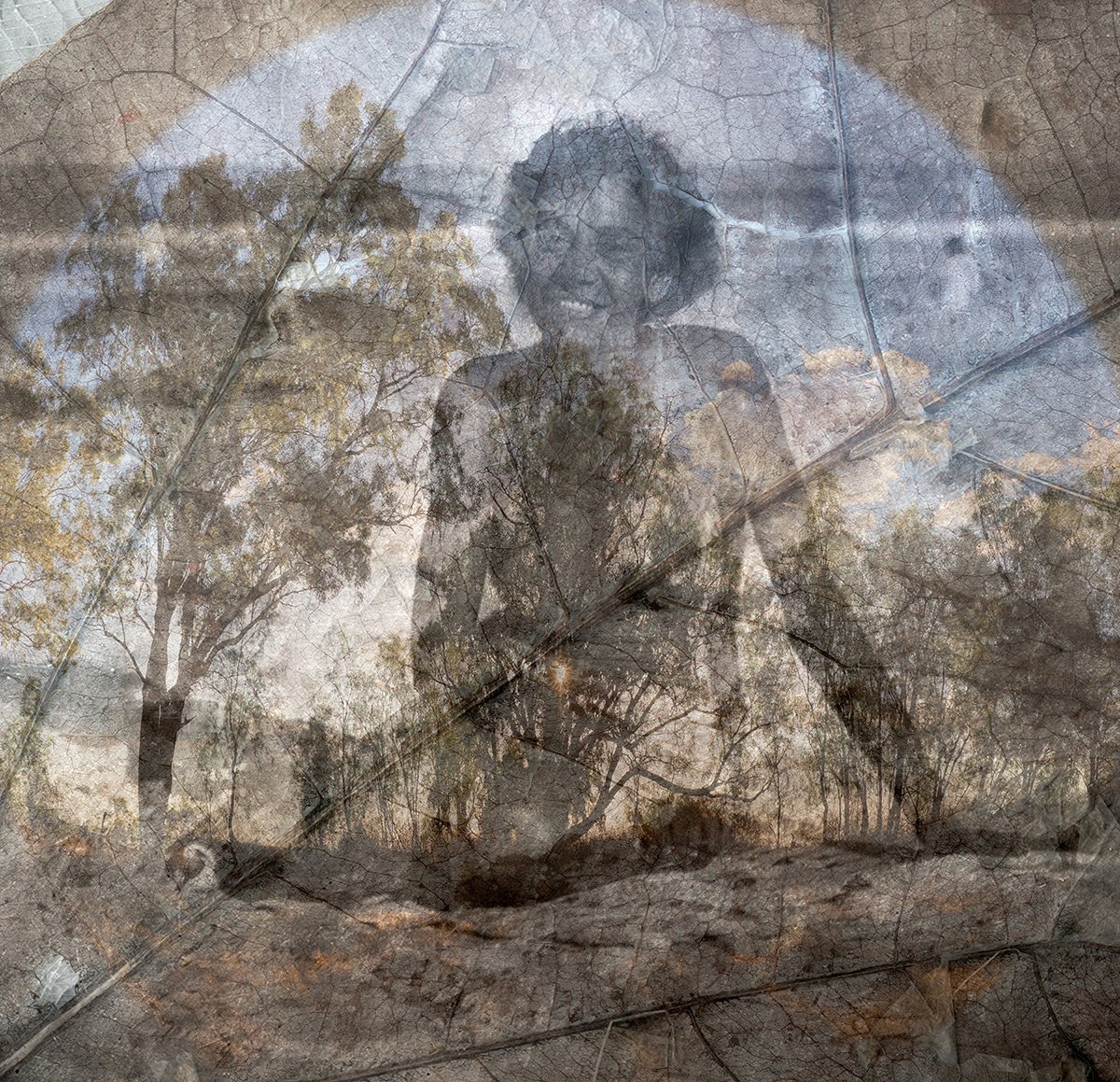A Brief History of Aboriginal Art
Written By Kelsey Woods
Indigenous culture has existed for over 60,000 years, possibly longer, marking the time when Aboriginal people first settled in what is now called Australia. Symbols have long been used as an alternative to written language, conveying stories of cultural significance, teaching survival skills, and sharing knowledge about the land. The meaning of this iconography varies depending on the audience.
Chalowong (Aboriginal Australian Gatton Rock Art). The site was dated by Michael Morwood to be 4,000 years old and is associated with the Turrabul/Jagara Aboriginal people, contains petroglyphs that are unique in South East Queensland. Image credit: Kelsey Woods
Chalowong (Aboriginal Australian Gatton Rock Art). Image credit: Kelsey Woods
Schafer, T. (2020). Photographs of Chalowong (Aboriginal Australian Gatton Rock Art) site.
In recent years, Australian Aboriginal Art has been celebrated as one of the most dynamic contemporary art forms of the 20th century. Aboriginal artists must have permission to depict certain stories, with the rights to these narratives inherited and passed down through generations within specific skin groups.
Bigambul artist, Leah King-Smith
Gympie-born Bigambul artist Leah King-Smith is recognized for her exploration of simultaneity, interconnectivity, rhythm, ethereality, spatiality, and sound, all rooted in a decolonizing framework. Collaborating with other First Nations artists, King-Smith creates audiovisual installations that draw on First Nations experiences, histories, and intergenerational connections. These themes weave through her exhibitions alongside select works from her recent practice.
Leah KING-SMITH 'Shards #3' 2024, photographic and AI generated digital image.
Leah KING-SMITH ‘Beach’, 2018, digital archival print
Her current works and collaborative exhibition, rhythm wRites, which delves into First Nations perspectives, are on display for free at the QUT Art Museum until March 9.
Find out more: https://www.artmuseum.qut.edu.au/whats-on/2023/exhibitions/leah-king-smith-rhythm-writes
Preserving and continuing to share Aboriginal stories through art is vital for maintaining cultural identity, fostering understanding, and honoring the resilience of First Nations people. Art serves as a bridge between generations, ensuring the survival of ancient knowledge and traditions while providing a powerful platform to address contemporary issues. By celebrating these stories, we contribute to a richer, more inclusive cultural narrative and support the ongoing empowerment of Indigenous communities.
References:




